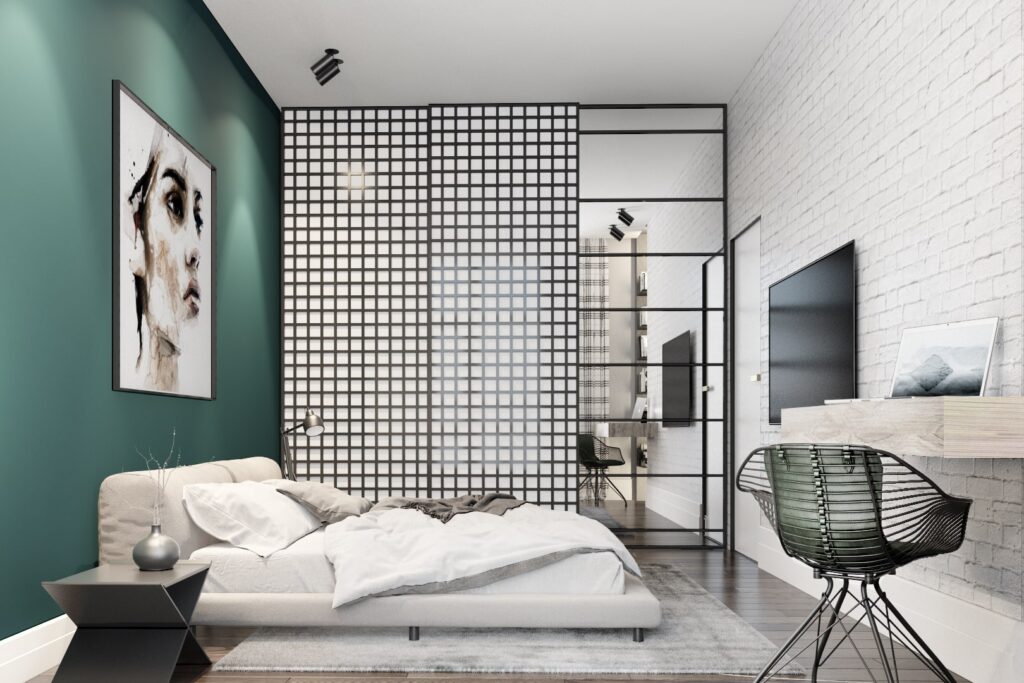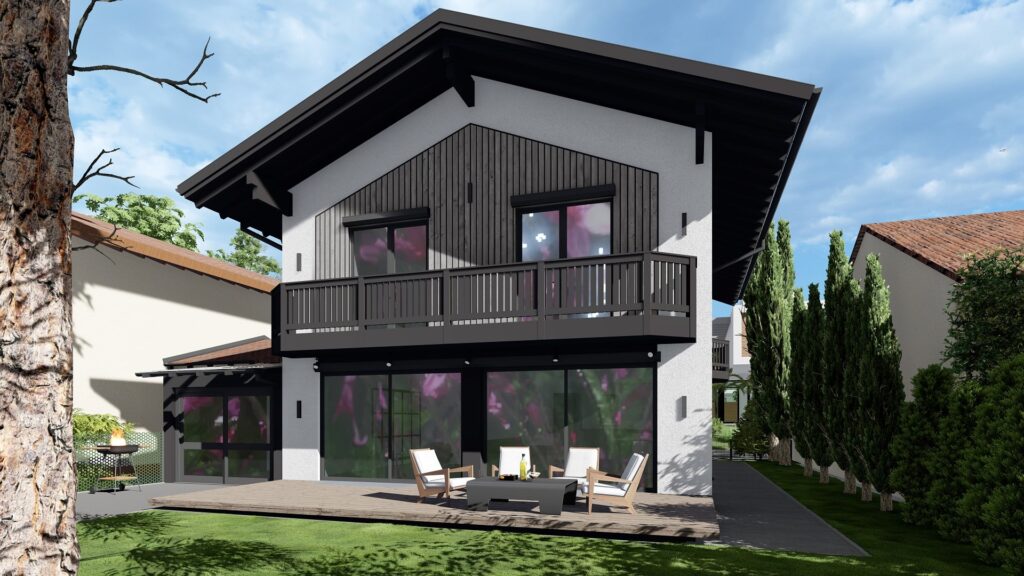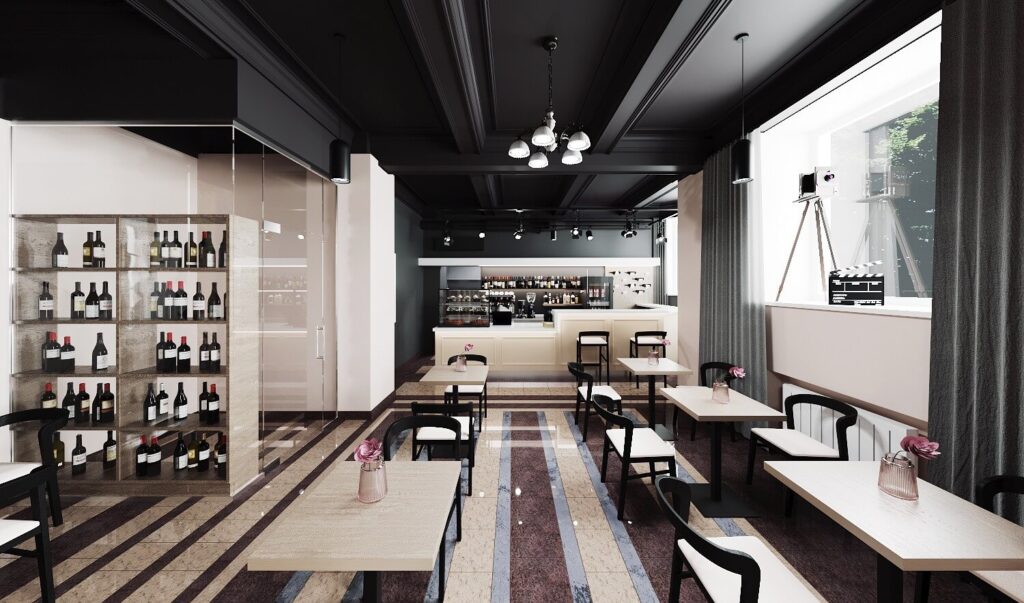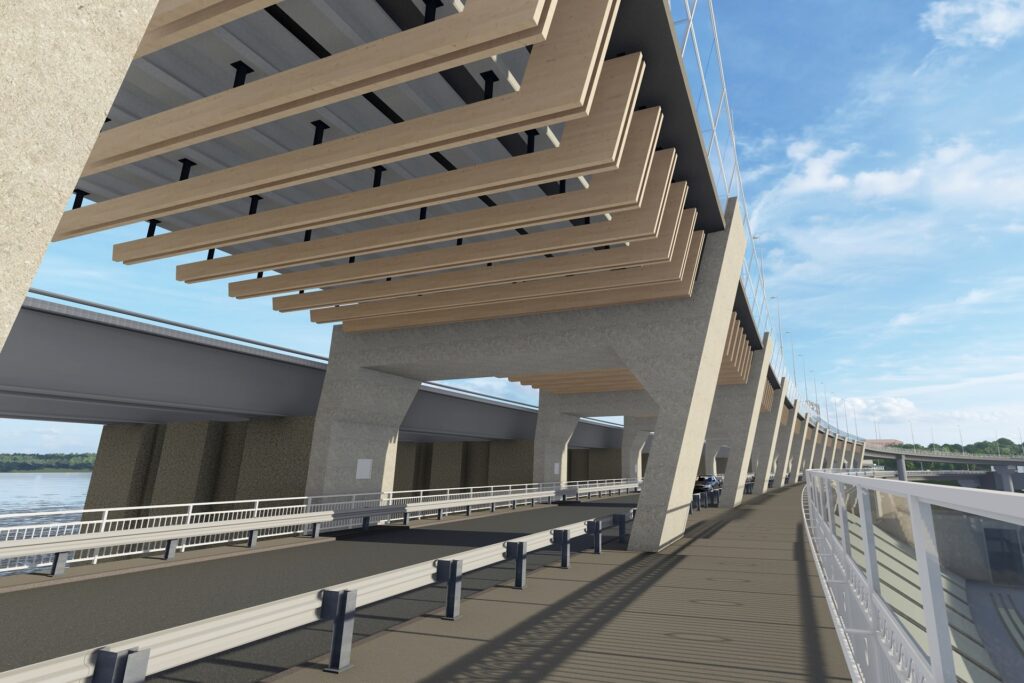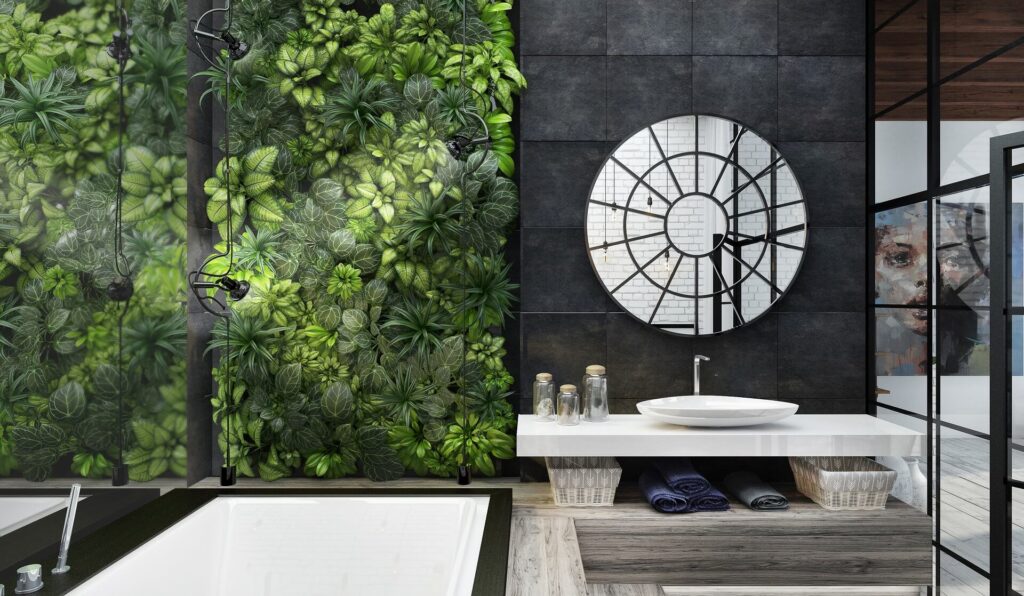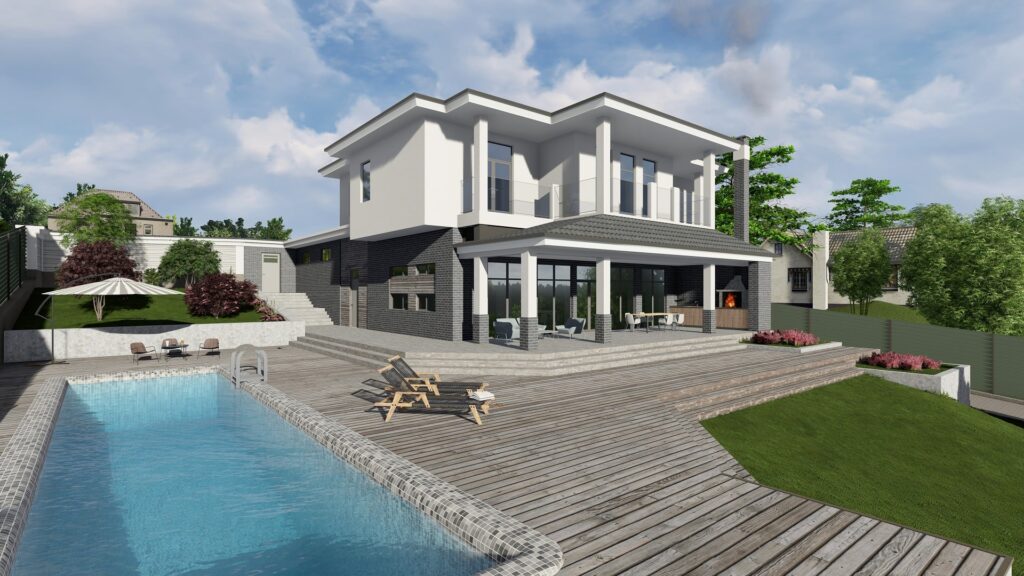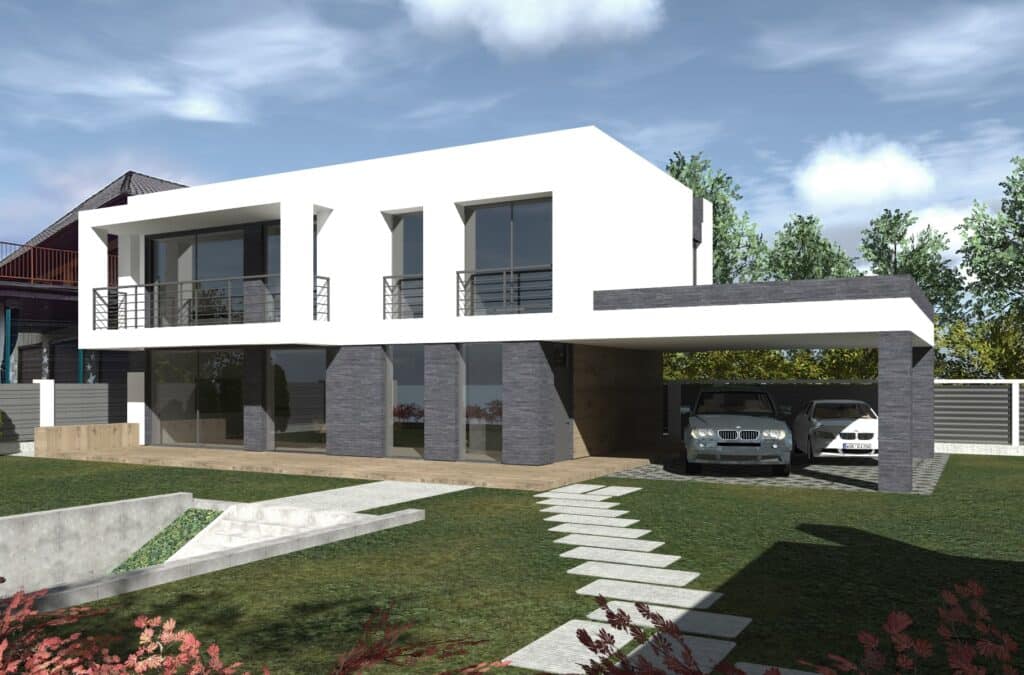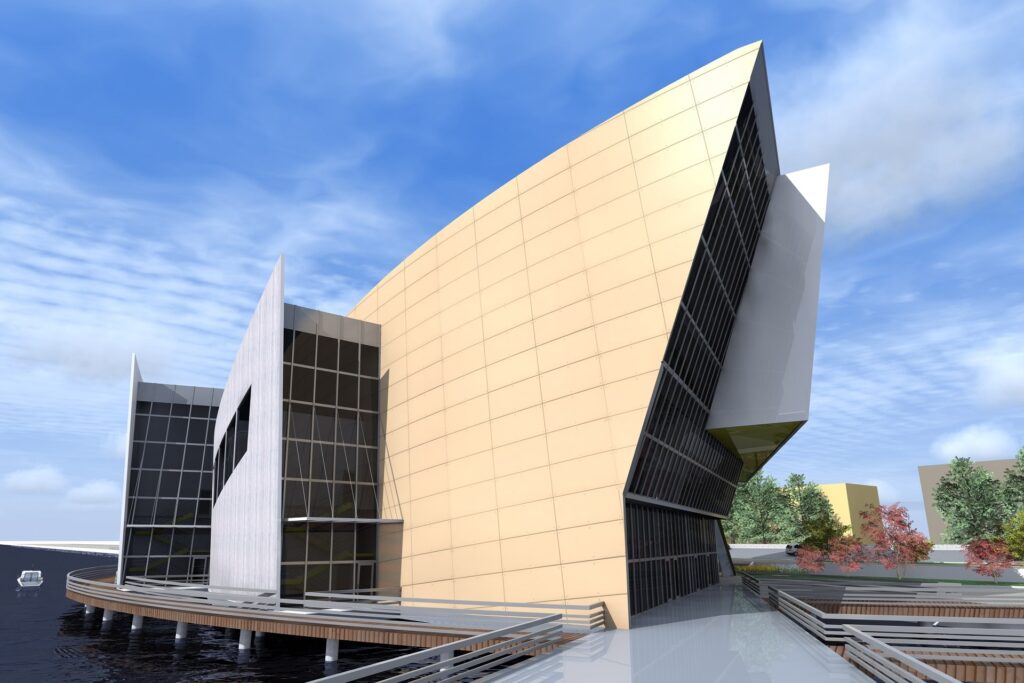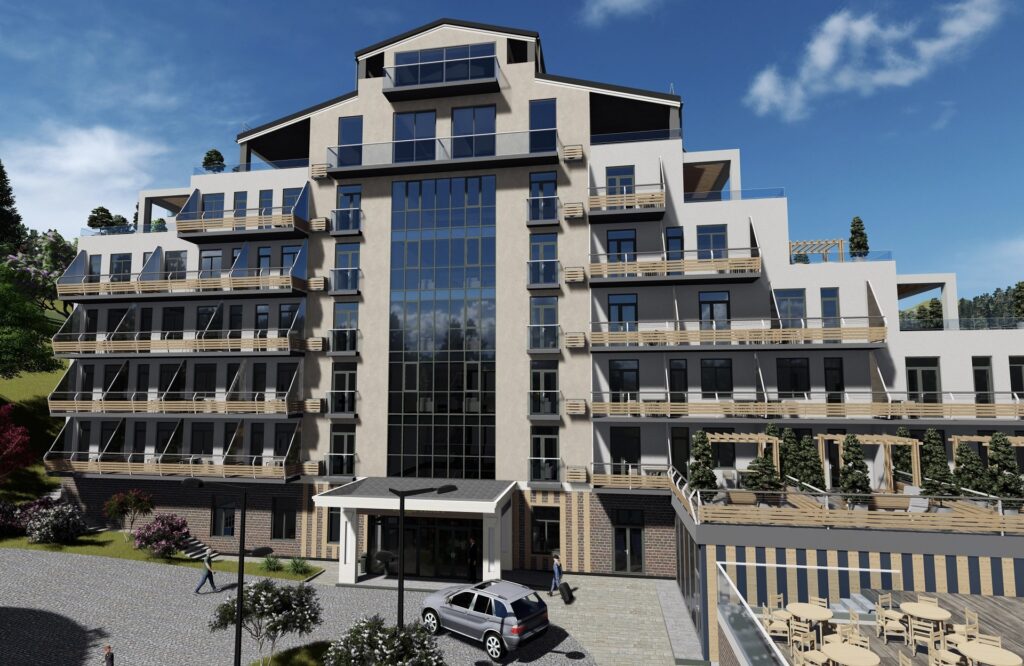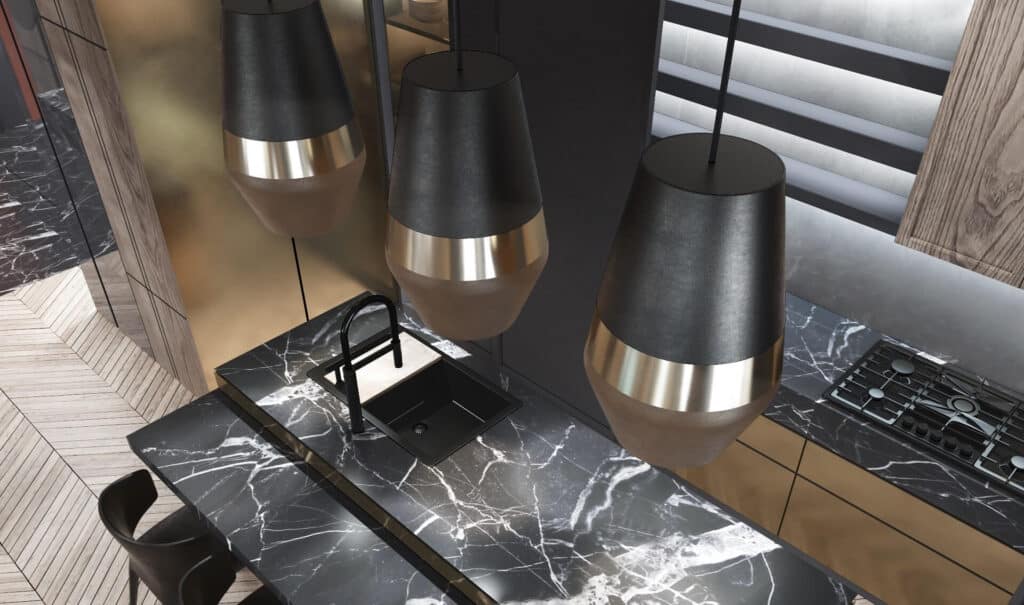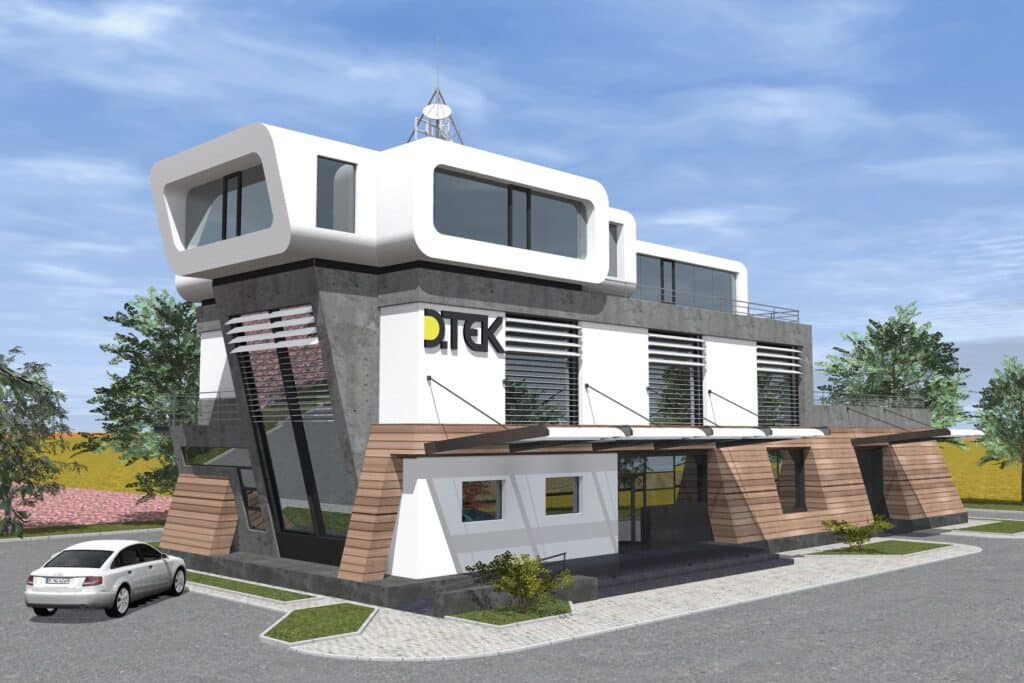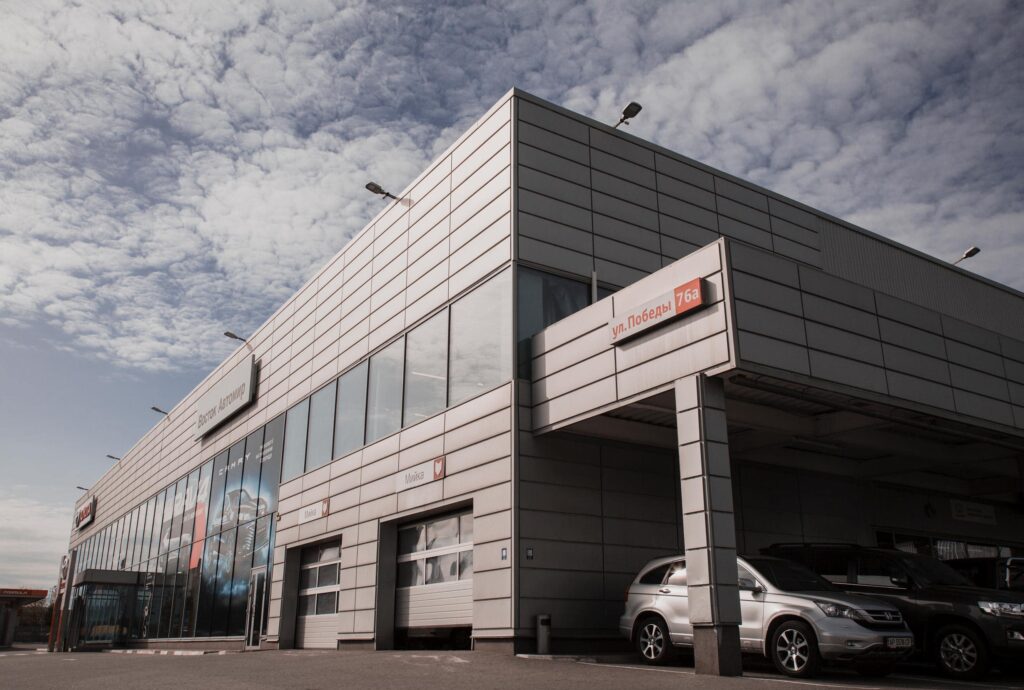Long-Lasting Design: Choosing Materials That Stand the Test of Time
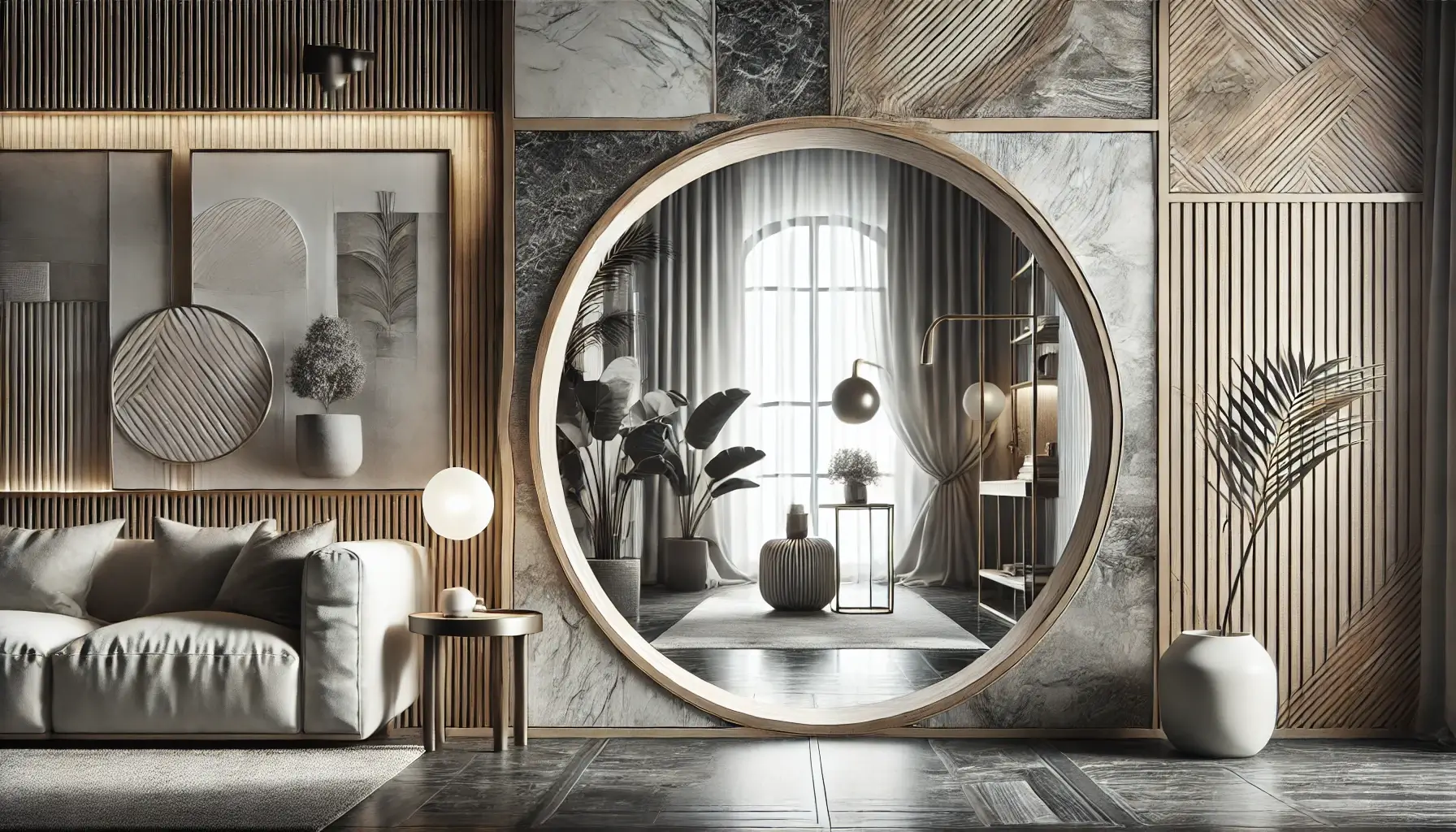
Welcome to the world of architecture and design, where every choice reflects a balance of aesthetic appeal, functionality, and longevity. In this exploration, we’ll delve into the art of selecting materials that not only captivate the eye but also withstand the elements and the passage of time. Discover the core of my work as a designer and architect, unveiling the creative process, unique perspectives, and guiding principles that shape each project I embark upon.
🏆 The Philosophy of Long-Lasting Design
Understanding Timelessness in Design
The concept of timelessness in design transcends mere aesthetics; it’s about creating spaces that remain relevant and functional decades into the future. Timeless design prioritizes quality over trends, ensuring that spaces don’t just age gracefully but evolve with changing needs and technologies. By focusing on durability and adaptability, we create environments that serve both current and future generations.
The Role of Sustainability
Sustainable design is intrinsically linked to longevity. By selecting materials that are sustainable, we ensure not only the durability of the structure but also the health of our environment. Materials such as reclaimed wood, recycled metal, and responsibly sourced stone play a pivotal role in sustainable architecture, providing both resilience and a reduced carbon footprint.
Functionality Meets Aesthetics
In long-lasting design, functionality should never be compromised for aesthetics. By choosing materials that offer both beauty and utility, such as elegant yet robust concrete or weather-resistant glass, designers can create spaces that are not only visually stunning but also practical and enduring.
My Guiding Principles
As a designer, the cornerstone of my practice is to create art that serves. This involves a meticulous selection of materials that will stand the test of time, balancing innovative technology with classic techniques, and always prioritizing the needs and well-being of the occupants.
🎨 The Creative Process: From Concept to Reality
Initial Conceptualization
The journey of a design project begins with a deep dive into the cultural, environmental, and historical context of the site. This phase is crucial for determining which materials will best suit the project’s aesthetic and functional needs. Each concept is a fusion of innovation and tradition, ensuring a timeless result.
Material Selection
Selecting the right materials is a pivotal step in the creative process. During this stage, I evaluate options based on durability, maintenance needs, environmental impact, and aesthetic qualities. This thorough analysis ensures that the final selection will achieve the project’s long-term goals.
Prototyping and Testing
Before finalizing any material choice, prototyping and testing are essential. This phase allows for experimentation with textures, colors, and finishes, ensuring that each material not only meets the initial design vision but also exceeds performance expectations.
Crafting the Final Design
The culmination of the creative process is the final design. A successful design seamlessly integrates chosen materials, creating a harmonious blend of form and function that will endure. Each project is a unique masterpiece, crafted with a vision to stand the test of time.
🔧 Exploring Durable Materials
The Strength of Stone
Stone is a quintessential material that epitomizes durability. Its natural resilience and timeless beauty make it ideal for both structural and decorative purposes. Stone’s ability to weather the elements and its minimal maintenance requirements ensure that it remains a staple in long-lasting design.
The Versatility of Metal
Metal, particularly steel and aluminum, offers strength and versatility. With its capacity to withstand extreme conditions and its adaptability in design, metal is a favored choice for creating dynamic, enduring structures. Advances in metallurgical processes have further enhanced its eco-friendliness and lifespan.
The Warmth of Wood
Wood brings warmth and character to a design, and when sourced sustainably, it represents a perfect blend of tradition and innovation. Engineered wood products and modern treatments have significantly increased wood’s durability, making it suitable for a wide range of applications.
The Innovation of Composites
Composite materials are at the forefront of innovative design. By combining the best properties of various materials, composites offer enhanced strength, flexibility, and resistance to environmental stressors. Their adaptability makes them ideal for contemporary, long-lasting architectural solutions.
🔍 Assessing Material Longevity
Evaluating Environmental Impact
The longevity of a material is closely tied to its environmental impact. Understanding a material’s lifecycle—from extraction to disposal—is crucial in assessing its sustainability. Choosing materials with a lower environmental footprint ensures a project’s longevity aligns with ecological responsibility.
Maintenance Considerations
Longevity is not solely about material strength; it also encompasses maintenance. Selecting materials that require minimal upkeep reduces long-term costs and extends the life of a structure. This includes finishes that resist wear and tear and surfaces that withstand daily use.
Weather Resistance
Climate plays a significant role in material longevity. Assessing a material’s resistance to local weather conditions—such as moisture, temperature fluctuations, and UV exposure—is essential for ensuring its durability over time.
Advances in Material Science
With continual advancements in material science, new options are constantly emerging that offer improved longevity and sustainability. Staying abreast of these developments allows designers to incorporate cutting-edge materials that enhance the life and functionality of their projects.
🌿 Sustainability and Longevity
The Intersection of Eco-Friendly and Durable
Sustainability and durability are not mutually exclusive. By choosing eco-friendly materials that also exhibit high durability, designers can create spaces that are both kind to the planet and long-lasting. This approach not only preserves resources but also enhances the built environment’s resilience.
Innovations in Green Materials
Emerging green materials, such as bioplastics and mycelium-based products, offer exciting possibilities for sustainable design. These materials, while eco-friendly, also boast impressive durability, making them suitable for a variety of applications in architecture.
Lifecycle Assessments
Conducting lifecycle assessments helps identify the most sustainable and durable materials for a project. This analysis considers the total environmental impact of a material, from production to end-of-life, ensuring that every choice contributes to a project’s longevity and sustainability.
My Commitment to Sustainable Design
Sustainability is a core tenet of my architectural philosophy. By prioritizing materials that offer both durability and sustainability, I am committed to creating designs that respect the environment while standing the test of time.
🏗️ The Future of Long-Lasting Design
Embracing Technological Advances
The future of long-lasting design lies in harnessing technological advances. Innovations such as 3D printing and smart materials offer exciting avenues for creating structures that are both durable and adaptable, paving the way for the next generation of architectural marvels.
Adaptive Reuse and Longevity
Adaptive reuse—repurposing existing structures—is a sustainable approach that extends the life of buildings. By creatively transforming spaces, designers can preserve historical integrity while incorporating modern materials and techniques, ensuring buildings remain functional and relevant.
The Role of Smart Materials
Smart materials, which can respond to environmental changes, represent a revolutionary advancement in long-lasting design. These materials allow for dynamic interactions with the environment, enhancing both the functionality and sustainability of a building.
My Vision for the Future
Looking ahead, my vision for architecture is one where innovation and tradition coalesce to create spaces that endure. By leveraging cutting-edge technologies and sustainable practices, I aim to design environments that are not only beautiful and functional but also capable of withstanding the test of time.
🛠️ Implementing Long-Lasting Design in Your Projects
Practical Steps for Material Selection
For those embarking on their design journey, selecting long-lasting materials begins with research and consultation. Engaging with material experts and conducting thorough assessments ensures informed decisions that align with both aesthetic and functional goals.
Balancing Cost and Quality
While the initial cost of durable materials may be higher, their longevity often results in cost savings over time. Prioritizing quality over short-term savings is a worthwhile investment in a project’s enduring success.
Incorporating Client Needs
Understanding and integrating client needs is crucial in long-lasting design. By aligning material choices with the client’s vision and the intended use of the space, designers can create projects that are both personalized and enduring.
Continuous Learning and Adaptation
The world of materials is ever-evolving, and staying informed about new developments is key to implementing long-lasting design. Continuous learning and adaptation enable designers to refine their practices and deliver projects that stand the test of time.
In conclusion, choosing materials that stand the test of time is an art that blends science, creativity, and responsibility. Through informed choices and innovative approaches, designers can create spaces that are not only beautiful and functional but also enduring and sustainable. As we move forward, the commitment to long-lasting design will continue to shape the future of architecture, leaving a legacy that future generations can admire and enjoy.

